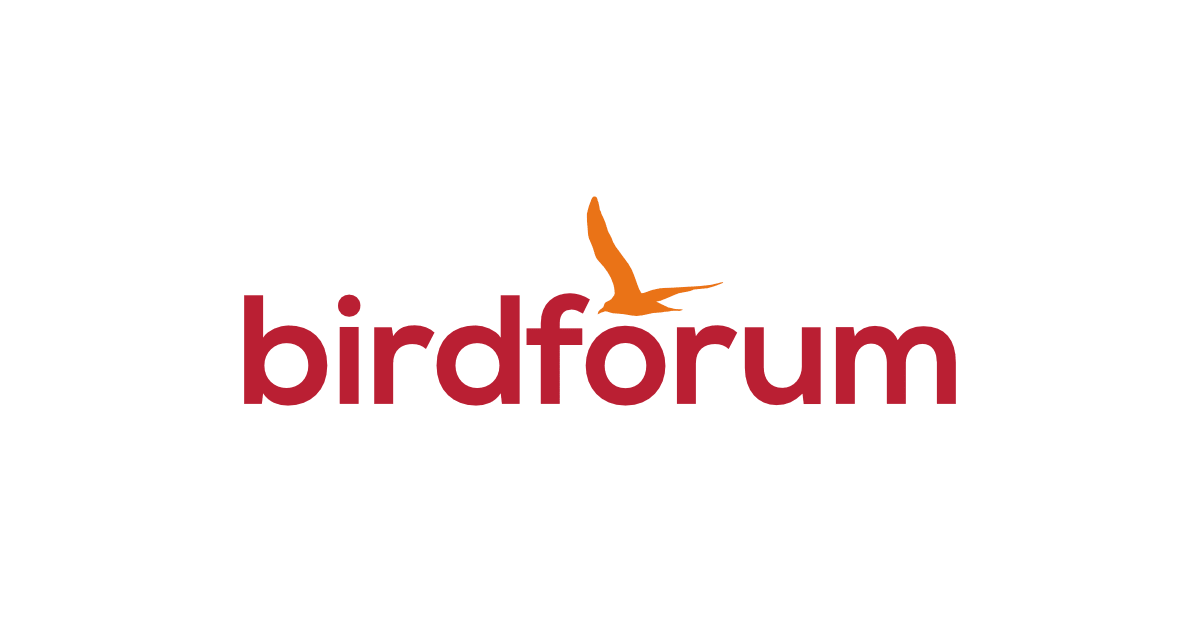If you are on a budget, and you need a good birding binocular, look around for a Nikon 8x30 E. You can find them on eBay for around $200 to $250, and they are great value for a nice birding binocular. I picked up a brand new one that had never been used on eBay that had been sitting in the attic in it's sealed box with the lens covers on for 32 YEARS! I purchased them for $250, and they surprised me how good they are for the price. They have no haze, mold or fungus inside the lenses. They are a hidden gem and are worth looking around for. I compared them to my new Nikon 8x30 E2 with the latest coatings and outside of a slightly smaller 8.3 degree FOV versus 8.8 degree FOV for the E2 they are very similar in resolution and brightness. I also compared them to my $1000 Nikon HG 8x42s and in the daylight they are in fact just as good with a more stereoscopic image. Of course, in low light the HG 8x42 would have an advantage with its bigger aperture.
The build quality is impressive, and I don't think you will find a nicer binocular for $250. One thing to watch out for before the early 1990s these were made with old-style single coatings and this makes a big difference in performance. Only buy the newer multi-coated ones. Multi-coatings will be a dark green, with single coatings having a much lighter shade of blue-violet and also the lettering on the left prism cover is much bigger than the older model as shown in the photo below (Courtesy of Henry Link). Here are a couple of Bird Forum threads on them and a review on Scopeviews and the eBay link showing the condition with the price tag still in the box after 32 years! I replaced the individual ocular covers with an Opticron 37mm Rain Guard which fits perfectly, and I replaced the objective covers with a new pair of Nikon E2 8x30 covers I had lying around. I used a Bluecabi binocular strap from Amazon.com.(Links are below.)

 www.birdforum.net
www.birdforum.net

 www.birdforum.net
www.birdforum.net
 www.scopeviews.co.uk
www.scopeviews.co.uk





The build quality is impressive, and I don't think you will find a nicer binocular for $250. One thing to watch out for before the early 1990s these were made with old-style single coatings and this makes a big difference in performance. Only buy the newer multi-coated ones. Multi-coatings will be a dark green, with single coatings having a much lighter shade of blue-violet and also the lettering on the left prism cover is much bigger than the older model as shown in the photo below (Courtesy of Henry Link). Here are a couple of Bird Forum threads on them and a review on Scopeviews and the eBay link showing the condition with the price tag still in the box after 32 years! I replaced the individual ocular covers with an Opticron 37mm Rain Guard which fits perfectly, and I replaced the objective covers with a new pair of Nikon E2 8x30 covers I had lying around. I used a Bluecabi binocular strap from Amazon.com.(Links are below.)

Nikon "E"?
In trying to hunt down a Nikon EII, I stumbled across what I think might be the earlier E version. It says Nikon 7x35 6.6°WF Is this the E version? How much of a difference is there between the E and the EII and is $80 a good price for an E in good condition but missing the beautiful case? I am...

Review: 8x30 EII, 8x30 E, 8x32 SE
I apologize in advance for the length of this post. I know only a few other obsessed optogeeks will wade through all this, so for you healthy ones here’s the short version: As others have already said, the Nikon 8x30 EII is an excellent binocular. Buy it while you can. Mechanical Quality-...
Nikon 8x30 E Review

Nikon Binoculars 8 x 30E Wide Focus 8.3°, Mint Condition! | eBay
Experience the wonders of nature with Nikon's 8 x 30E Wide Focus binoculars. The anti-reflection coating ensures a bright and clear view, while the fog proof and waterproof features make them durable in various weather conditions.
www.ebay.com




Last edited:








